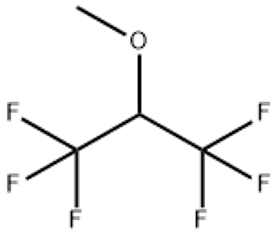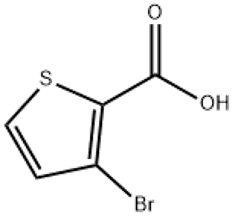4-Methylanisole(CAS#104-93-8)
| Hazard Symbols | Xn – Harmful |
| Risk Codes | R22 – Harmful if swallowed R38 – Irritating to the skin R10 – Flammable R52/53 – Harmful to aquatic organisms, may cause long-term adverse effects in the aquatic environment. R63 – Possible risk of harm to the unborn child |
| Safety Description | S36/37 – Wear suitable protective clothing and gloves. S16 – Keep away from sources of ignition. S61 – Avoid release to the environment. Refer to special instructions / safety data sheets. |
| UN IDs | UN 1993 3/PG 3 |
| WGK Germany | 1 |
| RTECS | BZ8780000 |
| TSCA | Yes |
| HS Code | 29093090 |
| Hazard Class | 3 |
| Packing Group | III |
| Toxicity | The acute oral LD50 in rats was reported as 1.92 (1.51-2.45) g/kg (Hart, 1971). The acute dermal LD50 in rabbits was reported as > 5 g/kg (Hart, 1971). |
Introduction
Methylphenyl ether (known as methylphenyl ether) is an organic compound. The following is an introduction to the properties, uses, preparation methods and safety information of p-tolusether:
Quality:
Methylanisole is a colorless liquid with a peculiar aromatic odor. The compound is relatively stable in air and does not flammable without contact with strong oxidants.
Use:
Methylanisole is mainly used as an organic solvent in industry. It dissolves many organic substances and is commonly used in coatings, cleaners, glues, paints and liquid fragrances. It is also used as a reaction medium or solvent in some organic synthesis reactions.
Method:
Methylanises are generally prepared by the etherification reaction of benzene, and the specific steps are to react benzene and methanol in the presence of acid catalysts (such as hydrochloric acid, sulfuric acid) to produce methylanisole. In the reaction, the acid catalyst helps to speed up the reaction and produce a high-yield product.
Safety Information:
Tolusoles are generally relatively safe under conventional use conditions, but the following should still be noted:
1. When in use, a well-ventilated environment should be maintained to avoid the accumulation of its vapor in the air.
3. When storing and handling, contact with strong oxidants and combustibles should be avoided to prevent fire and explosion accidents.
4. The compound may release toxic gases when it decomposes, requiring proper disposal of waste and solvents.
5. In the process of using and handling methyl anisole, it is necessary to operate in strict accordance with the relevant safety operation specifications to ensure the safety of the human body and the environment.








